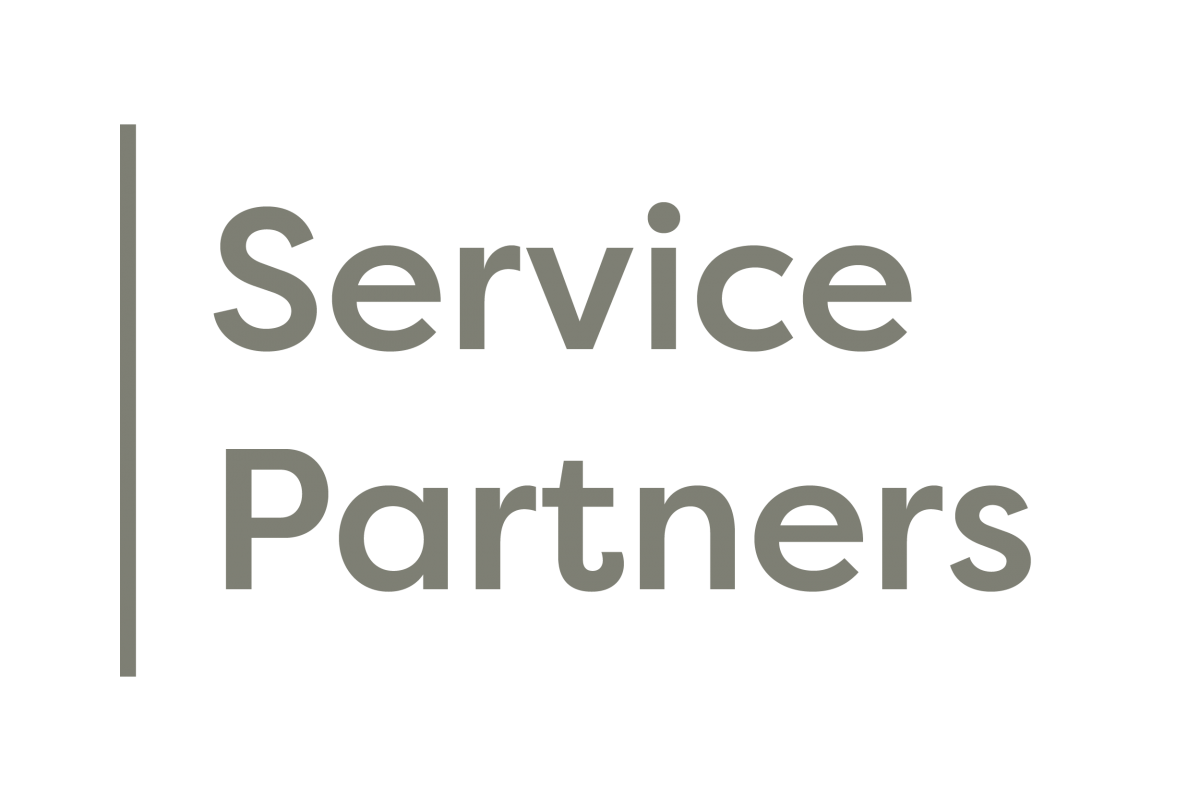Executive Summary
There is global concern about food safety and the effect antibiotic use in animal production has on our ability to treat human infections in high profile “superbugs” such as MRSA. Antibiotic use in animals has come under significant scrutiny, with a call to reduce their use. Global consumer brands have increased the profile of this issue by announcing their desire to reduce antibiotic use in their supply chains. This has further fuelled public perception of the potential implications of antibiotic resistance.
New Zealand is a recognised leader in food production, particularly in dairy products, and it is the aim of this project to review how the use of antibiotics in this economically important sector may create both risks and opportunities.
Antibiotics are an important tool for treating disease and have a critical role in food production systems. By volume and importance, the greatest use of antibiotics in the dairy industry is for dairy cow mastitis (mammary gland infection) and in particular the treatment of cows finishing their milking season, known as dry cow therapy (DCT). In many cases whole herds are treated prophylactically with these antibiotics. In a competitive marketplace where many trade partners are seeking barriers to prevent imports and protect local business, this prophylactic, or blanket use, creates a potential market access risk.
After reviewing the literature and interviewing a cross section of stakeholders in the use of DCT, several conclusions were drawn.
Put simply, there are two ways to reduce the use of antibiotics and mitigate risk. The first is to reduce the number of animals needing treatment with antibiotics through improved integrated herd management, disease prevention and alternative treatment approaches. The second is the more judicious use of antibiotics, targeting known disease only and not treating the herd prophylactically. Both strategies reduce the volume of antibiotics used.
The management of disease in a production environment is complicated , creating a range of barriers to reduced and more judicious use of antibiotics. Broadly these are related to people, economics, technology and information.
To overcome these barriers and set the standard to which others aspire will require strong leadership. Education, science & innovation, and importantly, a focus on the principles of stewardship and a prioritisation of “food safety”, will be enabling. It will require support for our farmers and veterinarians and courage by industry leaders to question the status quo and be willing to continually set new standards for improvement.
This paper recommends that a national strategy is developed by industry leaders. This strategy should be inclusive, aspirational and bind stakeholders throughout the value chain, from producers to consumers. Regulation should be seen as a tool to be used sparingly to influence change. It is a change in culture that will create the sustainable leadership position desired. Most importantly the strategy and its leadership should aspire to position New Zealand product as t he gold standard for food safety.
![]() Antibiotics and Dry Cow Therapy: What’s the Problem? – Duncan Mackintosh
Antibiotics and Dry Cow Therapy: What’s the Problem? – Duncan Mackintosh


























